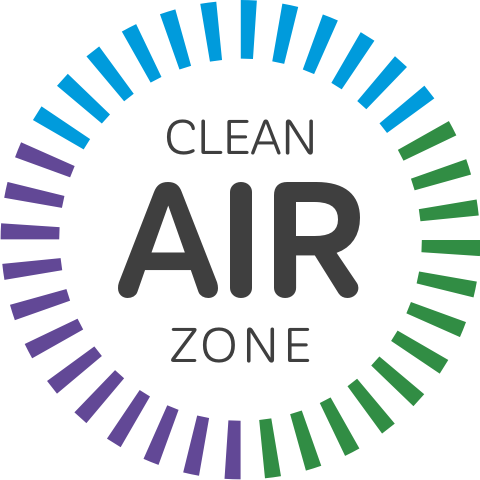If you have mold in your house, it’s important to act quickly to address it to avoid serious health risks. The symptoms of mold exposure include asthma, skin irritation, and eye irritation, and mold exposure can be serious for children and the elderly as well as for pregnant women.
Mold is found both outdoors as well as indoors, enter your home through open doorways, windows, vents, and heating and air conditioning systems. Notably, mold does not only have to grow in one location to be harmful! Individuals can be on site where mold spores can attach to clothing, shoes, and pets which can then and be carried indoors. When mold spores drop on places where there is excessive moisture, such as where leakage may have occurred (i.e. walls, plumbing, plant pots, or where there has been flooding) they will grow making for a dangerous location – sometimes completely unseen to the naked eye.
Exposure to damp and moldy environments may cause a variety of health effects, such as stuffy nose, wheezing, and red or itchy eyes, or skin. Some people, such as those with allergies to molds or with asthma, may have more intense reactions. Severe reactions may occur among workers exposed to large amounts of molds in occupational settings, such as farmers working around moldy hay. Severe reactions may include fever and shortness of breath.
In 2004 the Institute of Medicine (IOM) found there was sufficient evidence to link indoor exposure to mold with upper respiratory tract symptoms, cough, and wheeze in otherwise healthy people; with asthma symptoms in people with asthma; and with hypersensitivity pneumonitis in individuals susceptible to that immune-mediated condition. Also in 2009, the World Health Organization issued additional guidance, the WHO Guidelines for Indoor Air Quality: Dampness and Mould.
Who is most at risk for health problems associated with exposure to mold?
People with allergies may be more sensitive to molds. People with immune suppression or underlying lung disease are more susceptible to fungal infections. Individuals with chronic respiratory disease (e.g., chronic obstructive pulmonary disorder, asthma) may have trouble breathing. Individuals with immune suppression are at increased risk for infection from molds. If you or your family members have these conditions, a qualified medical clinician should be consulted for diagnosis and treatment.
Source: Centers for Disease Control and Prevention (CDC.gov)

To combat and even prevent the risk of chronic and life-threatening problems, substantial air purification and filtration systems should be implemented such as CleanAirZone (CAZ). The basis of such systems should include two important steps: capturing pollutants and eliminating the threat.
For more information on the importance of mold, please view the below infographic – and for comparisons of filter technologies, click here.


